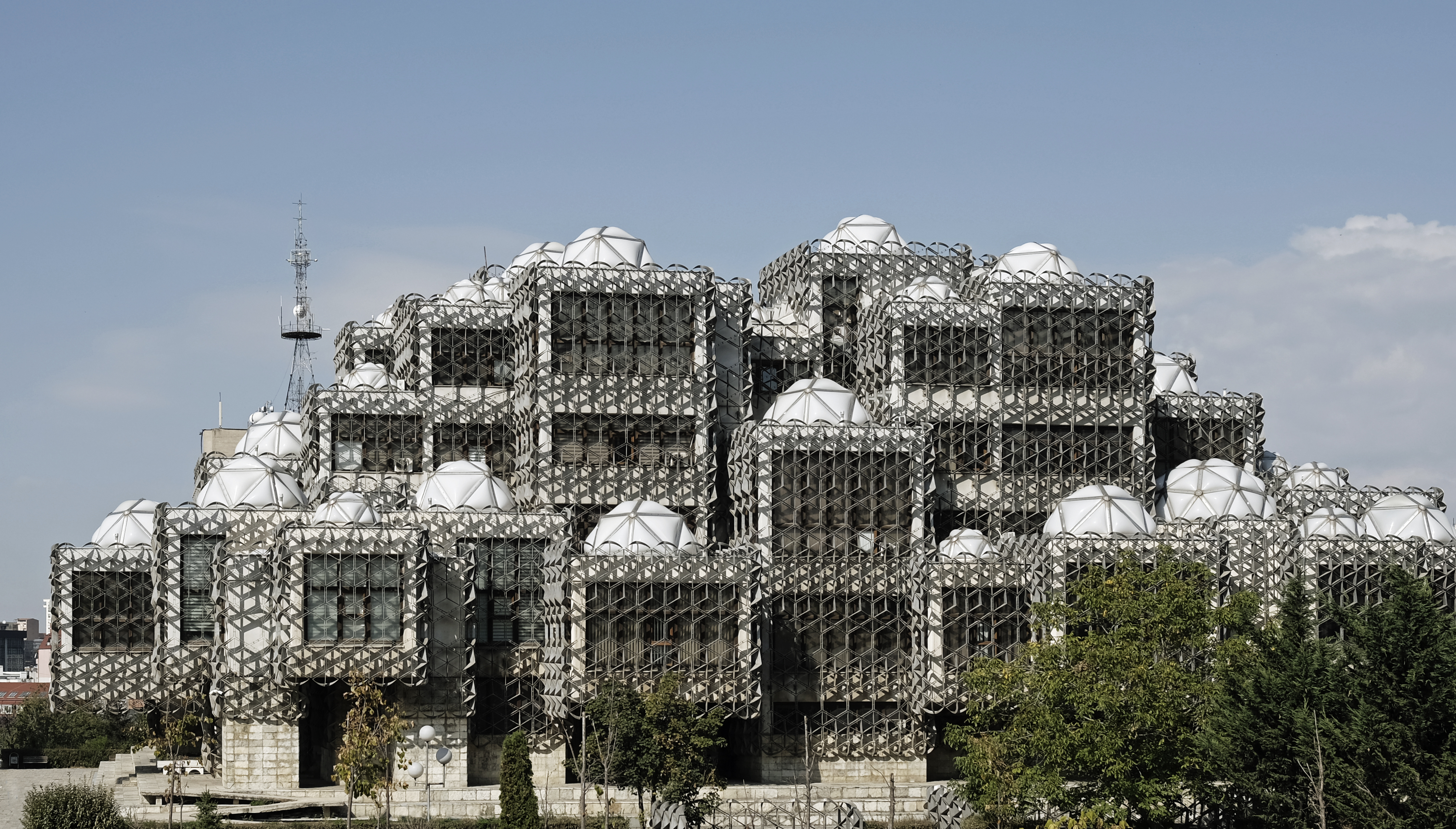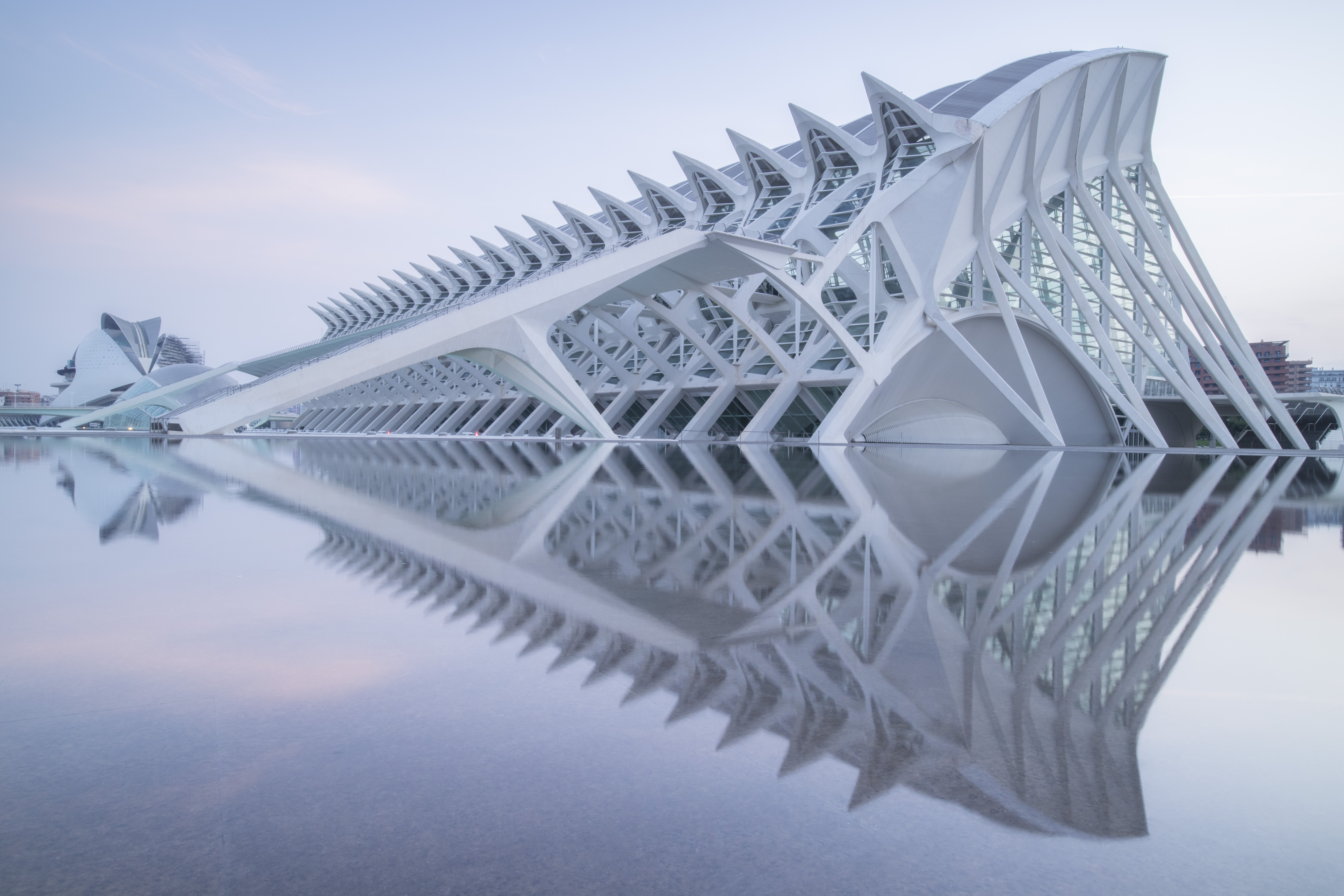
Architecture is one of the most quietly impactful elements in travel.
Videos by TravelAwaits
Whether or not you know who Frank Lloyd Wright is or could point out a feature like a flying buttress, we can all feel the sway of powerful architecture. Maybe it leaves us in awe, or searching for little details, or busting out our cameras for artsy pictures.
When it comes to European architecture, there’s a strong interest in Renaissance feats like those found in Florence and Bologna, along with baroque and rococo projects like Versailles Palace.
Maybe it’s the grand estates in London that have caught your eye, or the medieval remnants of castles dotting France’s countryside, or the brutalist structures found farther east. It could even be a more modern project with famous sister sites.
Regardless, there’s always something new on the horizon, and it’s surprisingly easy to miss out on some of Europe’s coolest architecture.
Ready to explore? These are some of the most awesome, most eyebrow-raising, and otherwise intriguing architecture in Europe you probably haven’t heard of before.
Architecture in Europe you probably haven’t heard of before
Wotruba Church (Vienna, Austria)

The Church of the Most Holy Trinity is a Catholic Church found in Vienna, Austria… but it doesn’t look like most of the continent’s other Catholic sites.
This brutalist structure was completed in 1976 and was based on a design from an Austrian sculptor named Fritz Wotruba. (I’m sure that also makes it one of the few churches named after an artist, too.)
The church is made of concrete blocks stacked in an asymmetrical way, which are interspersed by massive windows. The result is a space that feels at once heavy and foreboding, while also filled with light. It was built on the grounds of a former Nazi barracks, a bold decision made by the project’s lead that was meant to comment on the 1970s secular sentiments.
Church of the Holy Spirit or Makovecz Church (Paks, Hungary)

If brutalist churches don’t tickle your fancy, maybe you’ll enjoy this modern project from Imre Makovecz of Hungary. Built from 1988-1990, it’s considered a modern, organic masterpiece—one that combines traditional elements of Hungarian architecture with Roman Catholic elements.
The small church is built largely of wood, much of which was upcycled from surrounding structures or sourced immediately from the area. Uniquely, much of the church’s interior was also built by locals, as the parish lacked the funds to complete the construction.
But the real star of the show is the organic, flowing angles, which feel embedded into the overall landscape. With smooth angles and lines, it almost feels like a Gaudi-esque project, making it stand out as a contemporary champion of architecture in Europe.
National Library of Kosovo (Pristina, Kosovo)

The National Library of Kosovo has landed at the top of the list for ugliest buildings in the world by publications like VirtualTourist, which I find highly unfair. Since its completion in 1982, the library has served as an important cultural institution in the nation… and one that has been reviled by many.
The construction has almost 100 white dome tops of varying sizes. They cap small rooms, which are covered in veil-like metallic fishing net. The goal was to blend elements of Kosovo’s Byzantine, Islamic, and Balkan heritage—but opinions differ strongly from there about why the building looks like it does and what the architect (a Croat named Anrija Mtnjakovic) intended to communicate.
Here’s my unpopular opinion: it looks cool as hell and brings to mind other buildings with exoskeleton-like exteriors, such as Zaha Hadid’s Morpheus Hotel.
City of Arts and Sciences (Valencia, Spain)

This cultural and architectural complex in Valencia feels like something out of a sci-fi movie. Unsurprisingly, it’s considered one of the 12 Treasures of Spain.
It opened in 1998, nestled into the now-dry riverbed of the rerouted Turia River. However, new additions have been added since then, with the L’Ágora being added in 2009.
Similar to the Church of the Holy Spirit in Paks, organic architecture takes center stage. With shallow pools surrounding many of the eight buildings, there’s also a dramatic visual element at play, similar to the ponds around Bell Works.
All eight projects are impressive enough to capture your attention, from the graceful Assut de ‘lOr Bridge to the futuristic Palau de les Arts Reina Sofia.
